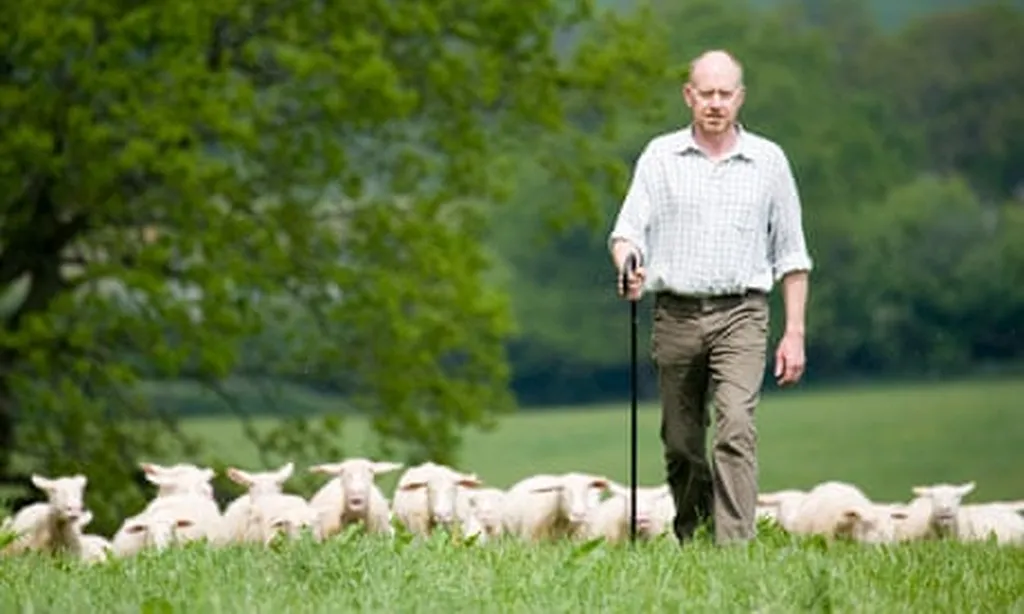In the rapidly evolving world of agriculture, technology is reshaping how we interact with livestock, raising critical questions about animal autonomy and welfare. A recent study published in *Human-Centric Intelligent Systems* (translated to English as *People-Centered Intelligent Systems*) by Suresh Neethirajan, a faculty member at Dalhousie University’s Faculty of Computer Science, delves into the complex dynamics of human–animal–computer interactions (HACI) in livestock farming. The research explores how precision livestock farming (PLF) and artificial intelligence (AI) are transforming animal agriculture, with a focus on whether these technologies enhance or diminish animal agency—the ability of animals to make choices and influence their environment.
Neethirajan’s critical review integrates animal cognition research, welfare science, and case studies of automated milking systems, wearable sensors, and AI-driven monitoring. The findings highlight promising strategies for personalized care and promoting natural behaviors in livestock. For instance, wearable sensors can track animal health and activity, enabling farmers to provide tailored care that aligns with the animals’ needs. Automated milking systems can reduce stress by allowing cows to choose when to be milked, thereby increasing their autonomy.
However, the study also identifies significant risks associated with increased automation. “Over-surveillance, algorithmic control, and the potential diminishment of empathetic stockmanship are real concerns,” Neethirajan warns. The over-reliance on AI and automated systems could lead to a detachment between farmers and their livestock, potentially compromising animal welfare.
To address these challenges, Neethirajan advocates for an animal-centered design approach. This means ensuring that technologies expand rather than confine behavioral repertoires. “Meaningful ethical design must prioritize animal agency, ensuring that technologies serve to empower rather than control,” he explains. Interdisciplinary methods—combining engineering, ethology (the study of animal behavior), and ethics—are essential for fostering real empowerment in livestock farming.
The study also underscores the need for inclusive stakeholder engagement. Farmers, especially those in small-scale, organic, and regenerative operations, must be involved in the design and implementation of these technologies to avoid exclusionary “one-size-fits-all” solutions. Additionally, the research highlights the importance of addressing data privacy concerns, farmer skill transitions, and potential biases embedded within AI algorithms.
Neethirajan’s work calls for transparent dialogues, thorough impact assessments, and adaptive design principles that place animal agency at the core of digital livestock transformation. By balancing higher productivity with deeper respect for animal autonomy, the study proposes that human-centric intelligent systems can reconcile moral responsibilities toward humane treatment with the practical realities of global food demand.
The implications of this research are far-reaching. As the agricultural sector continues to adopt advanced technologies, the insights from Neethirajan’s study can guide the development of more ethical and effective livestock management practices. By recognizing animals as active participants rather than passive inputs, future innovations can uphold both ethical imperatives and operational viability, shaping a new paradigm in livestock farming.
In a world where technology and agriculture are increasingly intertwined, Neethirajan’s work serves as a crucial reminder that the ethical treatment of animals must remain at the forefront of technological advancements. As the sector moves forward, the balance between productivity and welfare will be key to sustainable and humane livestock farming.

